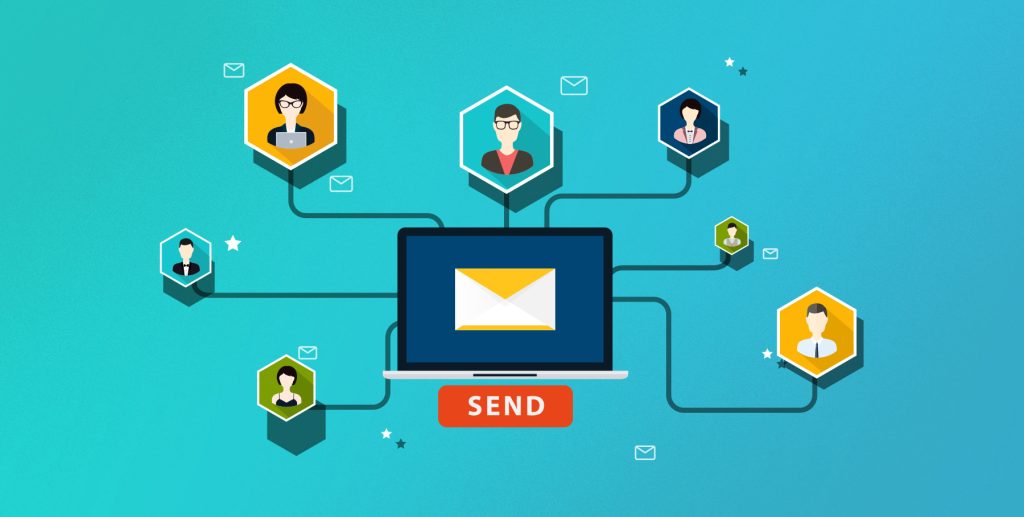Email marketing is a powerful tool for driving sales and building customer loyalty. By using email marketing and marketing automation, you can target your audience and increase conversions, ultimately leading to a higher lifetime value (LTV) for your customers. In this article, we will explore the step-by-step lifecycle of a customer when email marketing is used compared to when it is not used.

Step 1: Acquisition
The first step in the customer lifecycle is acquisition. This is when a customer first discovers your brand and decides to make a purchase. When email marketing is used, acquisition is often driven by targeted campaigns such as email sign-up forms or lead magnets. These campaigns are designed to attract potential customers and encourage them to provide their contact information.
On the other hand, when it is not used, acquisition is often driven by traditional marketing methods such as search engine optimization (SEO) or paid advertising. These methods can be effective, but they are not as targeted as email marketing and may not result in as high of a conversion rate.
Step 2: Onboarding
The next step in the customer lifecycle is onboarding. This is when a customer makes their first purchase and becomes a customer. When email marketing is used, onboarding is often driven by welcome emails or onboarding campaigns. These campaigns are designed to introduce new customers to your brand and encourage them to make a second purchase.
On the other hand, when it is not used, onboarding is often driven by the customer’s first purchase experience. Without targeted campaigns, it may be more difficult to encourage a customer to make a second purchase.
Step 3: Engagement
The third step in the customer lifecycle is engagement. This is when a customer becomes a repeat customer and starts to build a relationship with your brand. When email marketing is used, engagement is often driven by targeted campaigns such as abandoned cart emails, personalized product recommendations, and loyalty programs. These campaigns are designed to keep customers engaged and encourage repeat purchases.
On the other hand, when it is not used, engagement is often driven by the customer’s experience with your brand. Without targeted campaigns, it may be more difficult to keep customers engaged and encourage repeat purchases.
Step 4: Retention
The fourth step in the customer lifecycle is retention. This is when a customer becomes a loyal customer and continues to make purchases over time. When email marketing is used, retention is often driven by targeted campaigns such as loyalty programs, win-back campaigns, and customer surveys. These campaigns are designed to keep customers engaged and encourage repeat purchases.
On the other hand, when it is not used, retention is often driven by the customer’s experience with your brand. Without targeted campaigns, it may be more difficult to keep customers engaged and encourage repeat purchases.
Step 5: Advocacy
The final step in the customer lifecycle is advocacy. This is when a customer becomes a brand advocate and promotes your brand to others. When email marketing is used, advocacy is often driven by targeted campaigns such as referral programs and testimonials. These campaigns are designed to encourage customers to promote your brand to others.
On the other hand, when it is not used, advocacy is often driven by the customer’s experience with your brand. Without targeted campaigns, it may be more difficult to encourage customers to promote your brand to others.

In conclusion, email marketing is an essential tool for driving sales and building customer loyalty. By using targeted campaigns, you can increase conversions and ultimately lead to a higher lifetime value for your customers. It’s important to consider the customer’s lifecycle and lifetime value when developing an email marketing strategy. By focusing on customer acquisition, onboarding, engagement,
Join Metwrk Today
